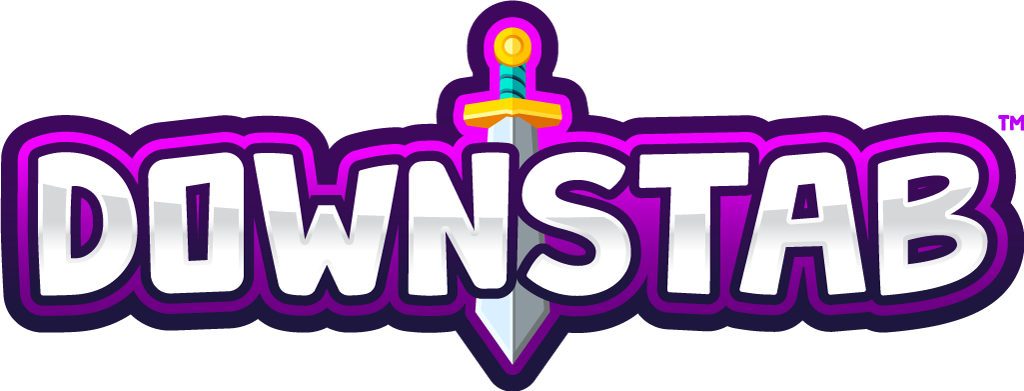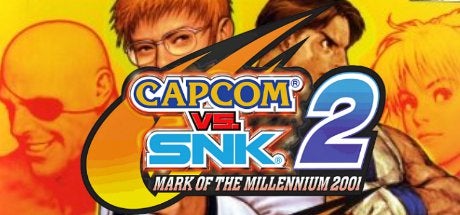I grew up grinding my teeth on all kinds of fighters. From classic 2D titles like Street Fighter II and Mortal Kombat, to the frenetic 3D fighters Tekken and Soul Calibur, to the less traditional Super Smash Bros and Mace: The Dark Age. If the game pitted two combatants against each other, with only the strongest and most skilled moving on to the next fight, I was all about it.
In the late 90s fighting juggernauts Capcom started to crossover their franchises, culminating in the historic Marvel vs. Capcom series. Marvel vs. Capcom 2, arguably the best and most recognizable in the series, released in arcades and on the Sega Dreamcast in 2000. When that title came it, it found an immediate home in my Dreamcast. I played it for hours upon hours every day, learning more characters, enjoying the combat, and just loving the 3-on-3 battles! With this liking of the series, and a bit of influence from my brother’s love of fighters, I was eventually turned on to the other Capcom crossover team-based fighting series: Capcom vs. SNK.
Released the same year as the aforementioned MvC2, Capcom vs. SNK brought together two of the biggest names in fighting games. Characters from iconic SNK franchises like Fatal Fury, The King of Fighters, and Samurai Shodown pitted themselves against the arcade kings from Capcom in the form of Street Fighter and Darkstalkers. Rather than being the exact same type of game as those in the Marvel vs. Capcom series, the Capcom vs. SNK game featured no tag-team mechanic, but rather a team of fighters who would have to be defeated sequentially. The gameplay was tight, the animation and sound were awesome, and overall the crossover was an amazing feat many thought likely to never happen.
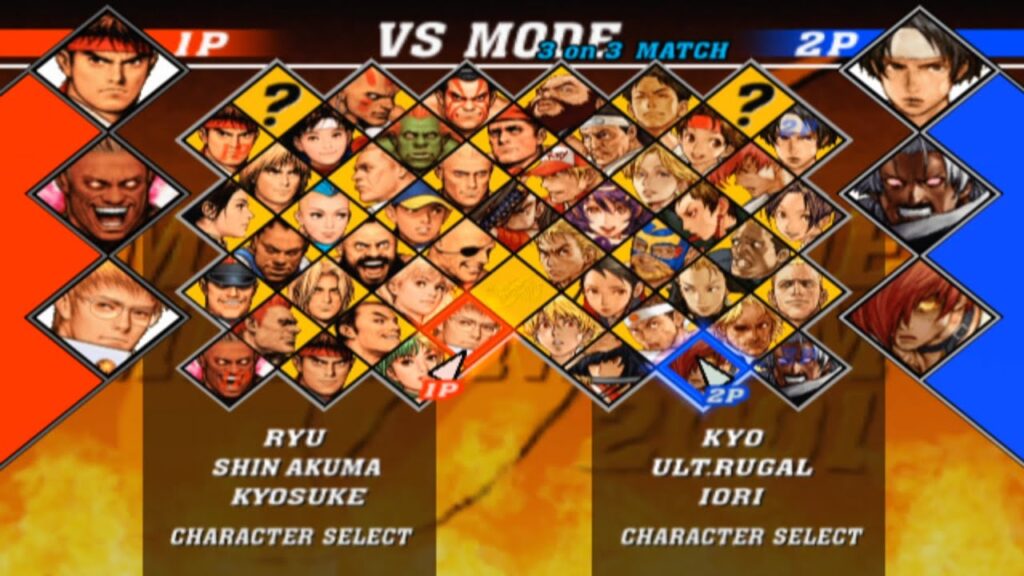
The first Capcom vs. SNK was not without its faults. The roster, for example, being one of my biggest grievances. The Capcom side of characters saw primarily Street Fighter representatives. This was a sad sight considering Capcom’s other fighting series featured characters from series like Mega Man, Resident Evil, and even Strider. Aside from the lacking amount of characters, the game’s use of the “Ratio” system was a bit odd. Every character was preassigned a ratio number designating their power level. Weaker characters like Sakura and Dhalsim were at Ratio 1, while Ryu and Ken are Ratio 2, and bigger folks like M. Bison and Geese were Ratio 3. Your team could consist of any number of characters so long as the Ratio total between them equaled 4. It was a neat gimmick but ultimately just made some characters not nearly as viable as others.
Thankfully these two main concerns along with many other minor hiccups were addressed fully in the game’s sequel, 2001’s Capcom vs. SNK 2. Featuring similar gameplay but much more refined, CvS2 was easily the better game. The Ratio system was replaced by the much improved “Free Ratio” system. Now you can assign a Ratio of 1 through 4 to any fighter, with higher Ratio denominations increases power and overall toughness. Welcome back to relativity, half the roster!
Even more impressive, this sequel damn near doubled the number of playable characters from the first game. Capcom saw representatives from Street Fighter, Darkstalkers, Rival Schools, and even Final Fight, which SNK saw their fighters expand to include more Fatal Fury, Art of Fighting, and the new’ish Garou: Mark of the Wolves. Going from 35 characters up to 46 was amazing, and the variety was much more apparent. Crossovers like this are, in my opinion, a great way to show off a developer’s catalog of amazing works, and I applaud both SNK and Capcom for really showing off the best they had to offer.

All of this wouldn’t matter if the fighting was poor. I am happy to report Capcom vs. SNK 2 is a solid a fighting game as any other, and is easily one of the best of the era. With two distinct developers bringing together drastically different fighters under one mantle, the game actually handles itself very well. Leaning more toward the Street Fighter system of fighting games with three punches and three kicks (the first game only had two of each, like typical SNK games), CvS2 was easy to pick up and play but difficult to master. Which ISM will you use? Will your team be a one man army or a team of three? Does Terry handle differently as a Street Fighter character? These are all questions I was happy to find the answer too.
Both Capcom and SNK have fairly distinctive art styles for their characters. Though they all look kind of the same when reduced down to pixels, as concept art and official portraits, SNK leans toward a more smooth, realistic look while Capcom draws with heavy emphasis and stylized proportions. Something both the CvS games do, but moreso in CvS2, is allow the artists from each developer to create the artwork for the opposing company’s characters. So we see things like Ken animated as if he were an SNK fighter, and Haohmaru as a Capcom samurai. It’s glorious, and I absolutely love it: such a neat way to express each company’s uniqueness while playing around with the options the other has to offer. Definitely worth checking out if you’re a fan of both these groups works.
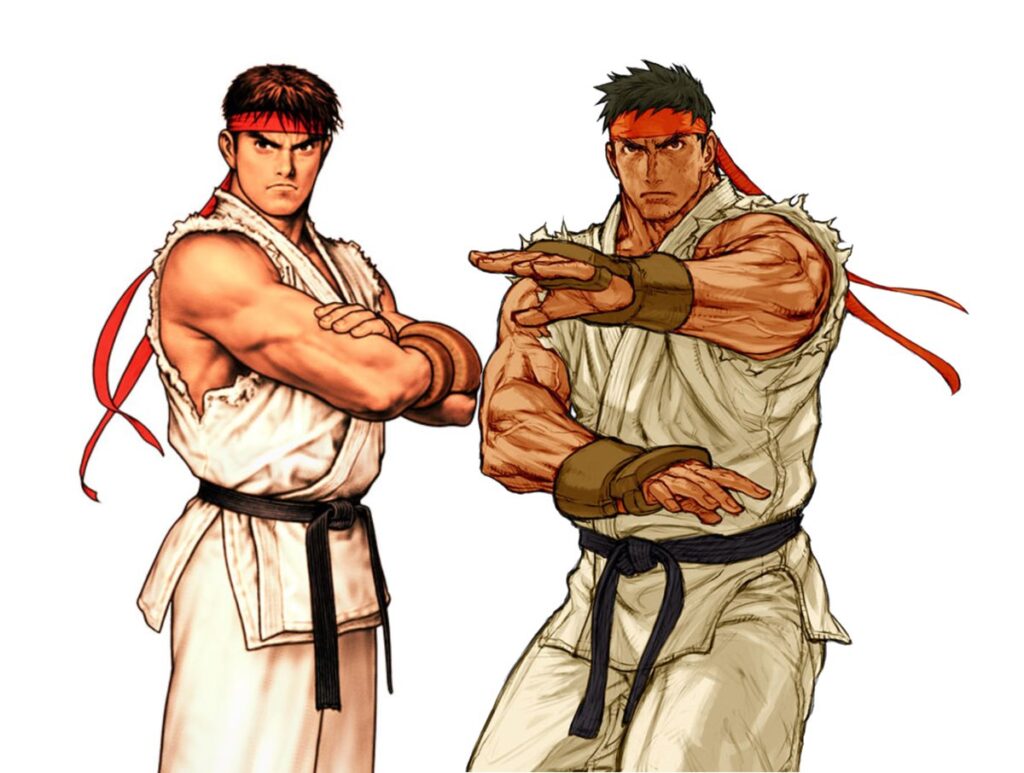
So with all of these amazing positives, why is the game seemingly forgotten in today’s fighting game world. You can make an argument it isn’t forgotten, but ask anyone their favorite fighters and this one never gets mentioned (except by me, haha!). There were some nasty glitches that ruined the long competitive scene for this one. Also, I think the game suffered from inconsistency in animation for the character models: particular callout always goes toward Morrigan, as her sprite used in this 2001 video game is the same as the one used in her 1994. Some called out the game’s soundtrack as a bit off for a fighting game, but I honestly loved it. Lastly, and likely most importantly, I just don’t think SNK is as recognizable as, say, Marvel. When looking at which “Capcom vs.” game you would want to play, the one with the easily memorable “Marvel” moniker will stand out much more than the one you’ll only know if you’re a fighting game fanatic “SNK”.
The home ports of this arcade gem were only seen on the Dreamcast in Japan, as well as the PS2, GameCube, and original Xbox in the States as well as Japan. As far as I know there have been no other ports of this game, nor re-releases on modern consoles. This could be from SNK being in financially troubling times during this game’s development and release, so the company today just hasn’t gotten around to resurrecting this title. I do not think the game will do all that well in today’s market, but damn it if I wouldn’t love to play this one again on the PS4 and enjoy it all over again.
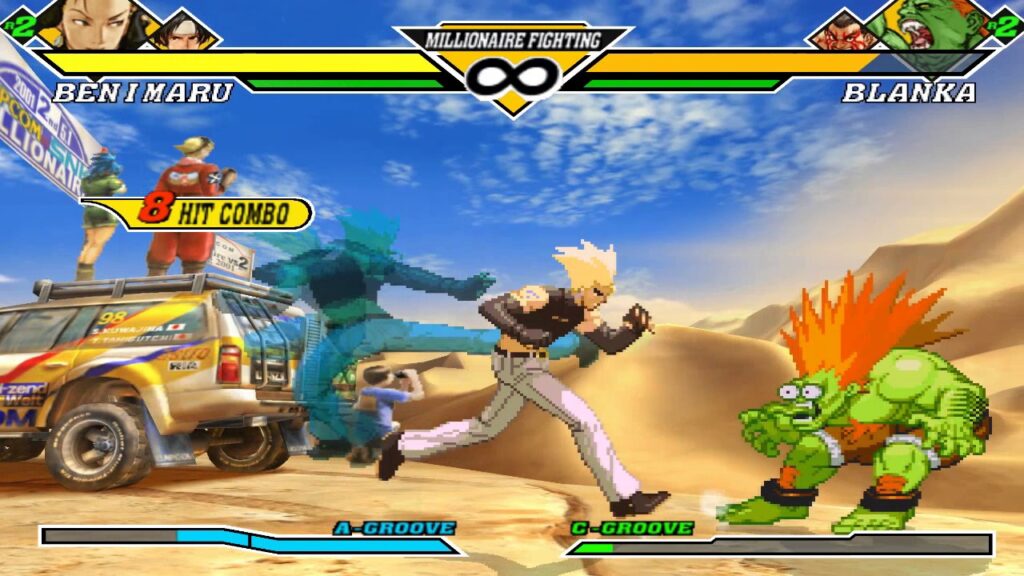
If you haven’t played Capcom vs. SNK 2 you really ought too. If you’re a Capcom fan, an SNK fan, a fighting fan, or someone looking for something meaty and with a lot of history behind it, look no further. I mean, there’s a reason Capcom’s Ryu and SNK’s Terry are both in Nintendo’s Super Smash Bros. series now: they’re gaming icons that once duked it out on the same stage at the peak of the 2D fighting era. It is also a wonderful way to experience the amazing cast of characters from the storied franchises of both these companies. With a pedigree that strong they deserve the recognition.
Laters,
Jsick
